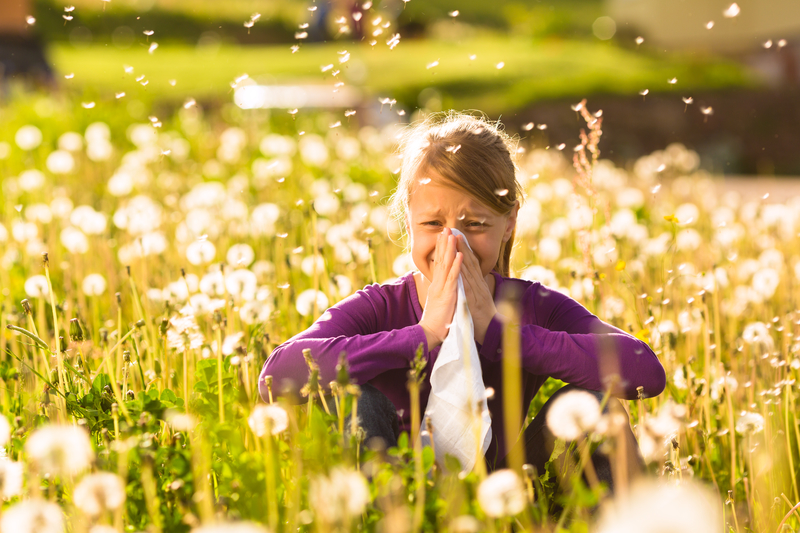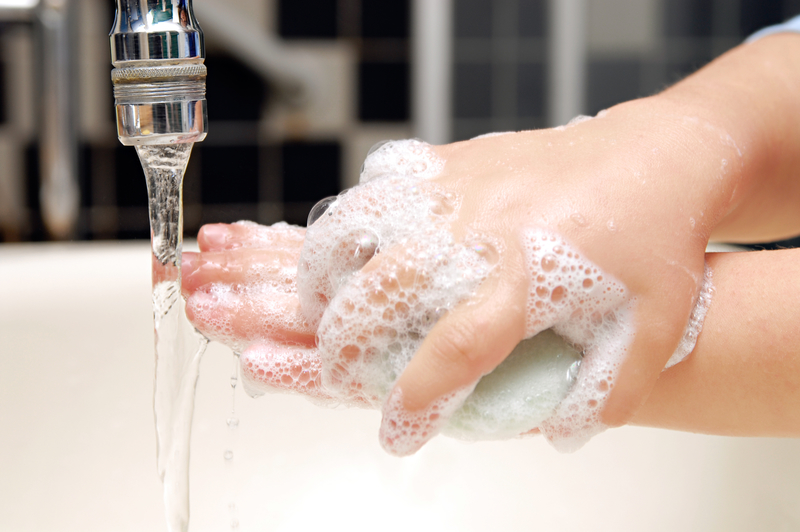Primary Times - the definitive what’s on and where to go family guide of activities and events for children of primary school age. Things to do with your kids during the school holidays including arts and craft activities, music and theatre for children, parties, competitions, days out, and family attractions along with term time drama schools, dance classes, after school clubs and sports activities. Things to do at a place near you!
Healthy Family - Coping with Allergies - Edinburgh

When spring's around the corner, thoughts might naturally turn to enjoying the outdoors, having picnics, and getting exercise in the fresh air.
However, children with allergies want to take part in those activities without sniffling, sneezing, itching, and rubbing of the eyes.
Sufferers call the condition hay fever. The main culprit in spring?
Pollen. And it’s everywhere. So what can you do? Trees kick off pollen season in the early spring, followed by grasses in late spring and early summer. Weed pollens can trigger symptoms too, beginning in late summer.
Which pollens flourish -- and exactly when -- depends on what area of the country you live in. To cause trouble, "a pollen (grain) has to be very small and very light. That kind of pollen - released by trees, grasses, and weeds - is designed to travel in the wind. So it’s no surprise that windy days are typically worse for hay fever sufferers than calm days. Wind can carry pollen more than 100 miles from its source!
Hay fever usually affects children from the age of seven, and older children and teenagers are more susceptible to the allergy than adults. Look out for symptoms from March to October. But if your child has symptoms all year round and you're not sure if it's hay fever, go to your GP for a diagnosis.
Hay fever symptoms can be particularly distressing for children, who may find the symptoms harder to manage and won’t always realise that they can ask for help. If it’s a virus they have picked up symptoms will only last a week or two.

Ways to Fight Pollen Allergies
To reduce a child's exposure to pollens:
- Keep windows closed at night so pollen doesn't enter the house.
- Encourage children to wear wraparound sunglasses to stop pollen entering the eyes.
- Smear an organic allergen barrier balm like HayMax Kids around the base of the nostrils and around the bones of the eyes. Pollen, dust and pet allergens stick to it before it is inhaled.
- Wash children’s faces and hair after they’ve been playing outside.
- Keep the car windows shut when driving.
The “Dirt” on Dust Mites
For creatures you can't even see (quarter of a millimeter), dust mites can stir up a lot of trouble. When you're one of these people, you may feel as if you have an endless cold or even asthma. Symptoms are similar to those of pollen allergies but last all year round. Antihistamines, balms and nasal spray medications help, and there’s simple steps to keep the dust mites away. Dust mites like to snack on flakes of skin from pets and humans. Carpets, beds and furniture serve up super-size portions!

Prevention
The best strategy is to limit exposure to dust. To get rid of these tiny creatures in your home, keep in mind their living habits. They prefer temperatures of 70 F or higher and humidity of 75% to 80%. They can't survive in colder, drier places so tend to peak in the summer months. A dehumidifier can help keep humidity below 50%.
Start in the bedroom, where children spend a lot of time. Large numbers of dust mites can gather in mattresses, clothing, bedding, and upholstered furniture. Keep pets off the beds and use allergy-proof covers on pillows and mattresses and wash bedding and curtains regularly.
Thorough cleaning will help keep the mite population in check. Other suggestions include removing carpets in favour of a more allergy friendly option.
Special pet allergy vacuum kits can help remove allergens from tricky and hard to reach places. Allergic children should not sleep in the bottom bunk bed where allergens can fall onto them!
House dust mite allergy is very common and is associated with asthma, eczema and perennial allergic rhinitis. 90% of children with respiratory and skin allergies are allergic to dust allergens and 50% are allergic to cat allergens.
There is no way to predict whether someone will benefit from avoidance measures, except by trying them. Remember that it is better to properly carry out several allergen avoidance measures in order to see an improvement in symptoms. Just doing one or two things half-heartedly may not make any difference.
Less allergen = less reaction!
.






